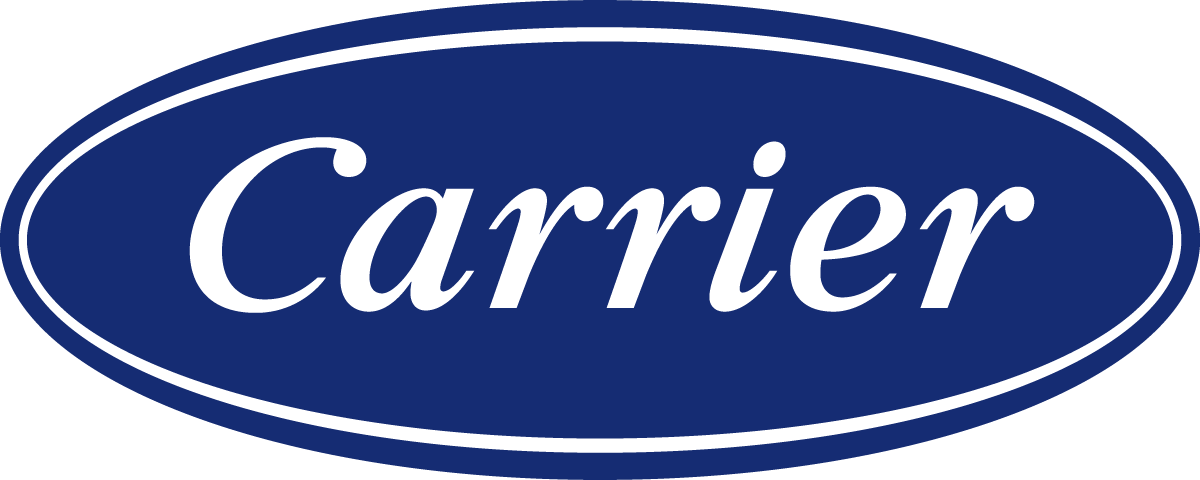HVAC Glossary
AFUE (Annual Fuel Utilization Efficiency)
Indicates the efficiency of furnaces and boilers by measuring the percentage of fuel converted into usable heat over a year.
Air Handler: An indoor component of HVAC systems—especially heat pumps—that circulates air across coils and through ductwork.
Air Purifier
Integrated into HVAC systems to capture and reduce airborne particles, improving indoor air quality.
BTU (British Thermal Unit)
The amount of heat required to raise the temperature of one pound of water by one degree Fahrenheit.
BTUH (BTUs per Hour)
Represents the heating or cooling capacity of a system, defining how many BTUs are transferred each hour.
CFM (Cubic Feet per Minute)
Measures how much air an HVAC system moves per minute; a key indicator of system performance.
Compressor
The heart of an air conditioner or heat pump, pressurizing and circulating refrigerant to facilitate heat exchange.
Condenser Coil
A coil located in the outdoor unit that releases heat from the refrigerant into the surrounding air.
Carbon Monoxide (CO)
A colorless, odorless, and toxic gas generated from incomplete combustion of fossil fuels.
Carbon Monoxide Alarm
A device that detects CO buildup and alerts occupants to dangerous exposure levels.
Damper
A valve or movable plate inside ducts that regulates airflow and helps balance temperatures in different zones.
Dehumidifier
An appliance that removes moisture from the air, helping control humidity for comfort and mold prevention.
Downflow Furnace
A furnace type that intakes air at the top and blows heated air downward, often used in upper-level installations
Dual Fuel System
A hybrid system combining a heat pump and a gas furnace, switching between them based on temperature for energy efficiency.
Ductless Mini-Split
A heating and cooling system that doesn’t require ductwork, using individual indoor units connected to an outdoor compressor.
Ductwork
A network of airways that distributes conditioned air from HVAC equipment throughout a building.
EER2 (Energy Efficiency Ratio 2)
Reflects an air conditioner’s cooling efficiency at a specific outdoor temperature; higher values indicate better efficiency.
Electronic Air Cleaner (EAC)
A filtration system that uses electrostatic attraction to trap airborne particles.
ENERGY STAR®
A government-backed certification for appliances that meet or exceed energy efficiency standards.
Evaporator Coil
Absorbs heat from indoor air as part of the cooling process and transfers it to the refrigerant.
Fan Coil
A type of indoor HVAC unit with a blower fan and a coil that either cools or heats air before circulating it.
Freon™
A trademarked name for R-22 refrigerant, once common in HVAC systems but phased out due to environmental impact.
Furnace
An appliance that generates heat through gas, oil, or electricity and distributes warm air via ducts.
Gas Furnace
A furnace that burns natural gas or propane to produce heat for residential or commercial spaces.
Geothermal Heat Pump
Uses underground temperatures to provide highly efficient heating and cooling through earth-based energy exchange.
HSPF2 (Heating Seasonal Performance Factor 2)
Indicates the heating efficiency of heat pumps over an average season.
HVAC (Heating, Ventilation, and Air Conditioning)
A comprehensive system for regulating indoor air temperature, humidity, and air quality.
Heat Exchanger
Transfers heat from one medium to another, often from combustion gases to air in a furnace.
Heat Pump
A versatile unit that heats or cools by transferring heat between indoors and outdoors.
Horizontal Furnace
A furnace configured horizontally to fit tight spaces like attics or crawl spaces, drawing air from one end and expelling it from the other.
Humidifier
Adds moisture to indoor air to maintain a comfortable humidity level, especially during dry seasons.
Humidistat
Measures and regulates humidity levels, often integrated with humidifiers or dehumidifiers.
Hybrid Heat®
A system that automatically switches between electric heat pump and gas furnace to optimize energy use.
IAQ (Indoor Air Quality)
Refers to the cleanliness and health of the air inside a building, influenced by pollutants, humidity, and ventilation.
Load Calculation
A technical analysis to determine the correct HVAC system size and capacity for a particular space.
Low Boy Furnace
A short, compact furnace designed for low-clearance installations.
MERV (Minimum Efficiency Reporting Value)
Ranks the efficiency of air filters; the higher the rating, the finer the filtration.
Matched System
A group of HVAC components (like a furnace and air conditioner) designed to work together for peak performance.
Multipoise Furnace
A flexible furnace design that can be installed in multiple positions to suit different spatial needs.
NATE Certification
An industry-recognized credential that confirms a technician’s knowledge and skill in HVAC systems.
Oil Furnace
A heating system that uses fuel oil to generate warm air for home heating.
Puron® Refrigerant
A proprietary name for R-410A, a more eco-friendly refrigerant than R-22.
R-22 Refrigerant
A now-restricted refrigerant due to its ozone-depleting properties; also known as Freon™.
R-410A Refrigerant
A widely used refrigerant that replaced R-22, offering improved efficiency and lower environmental risk.
R-454B (Puron Advance™)
The next-generation refrigerant with significantly lower global warming potential, replacing R-410A in new systems.
Reciprocating Compressor
A type of compressor that uses pistons to compress refrigerant; typically found in older systems.
Reclaiming
The process of capturing and recycling used refrigerant for environmental and regulatory compliance.
Refrigerant Lines
Copper tubing that carries refrigerant between an HVAC system’s outdoor and indoor units.
Remote Access
The ability to monitor and control HVAC systems from a smartphone or web-enabled device.
Remote Room Sensor
A temperature sensor placed in a different room than the thermostat to provide more accurate temperature control.
Riello Burner
A high-performance burner commonly used in oil furnaces for efficient, clean combustion.
SEER2 (Seasonal Energy Efficiency Ratio 2)
A revised standard measuring how efficiently an HVAC system cools over an entire season, accounting for modern testing conditions.
Scroll Compressor
A compressor with spiral scrolls that compress refrigerant more quietly and efficiently than piston types.
Setback Thermostat
A programmable thermostat that adjusts the temperature during set times of day for energy savings.
Smart Recovery
A thermostat feature that learns how long it takes to reach a desired temperature and adjusts operation to match.


